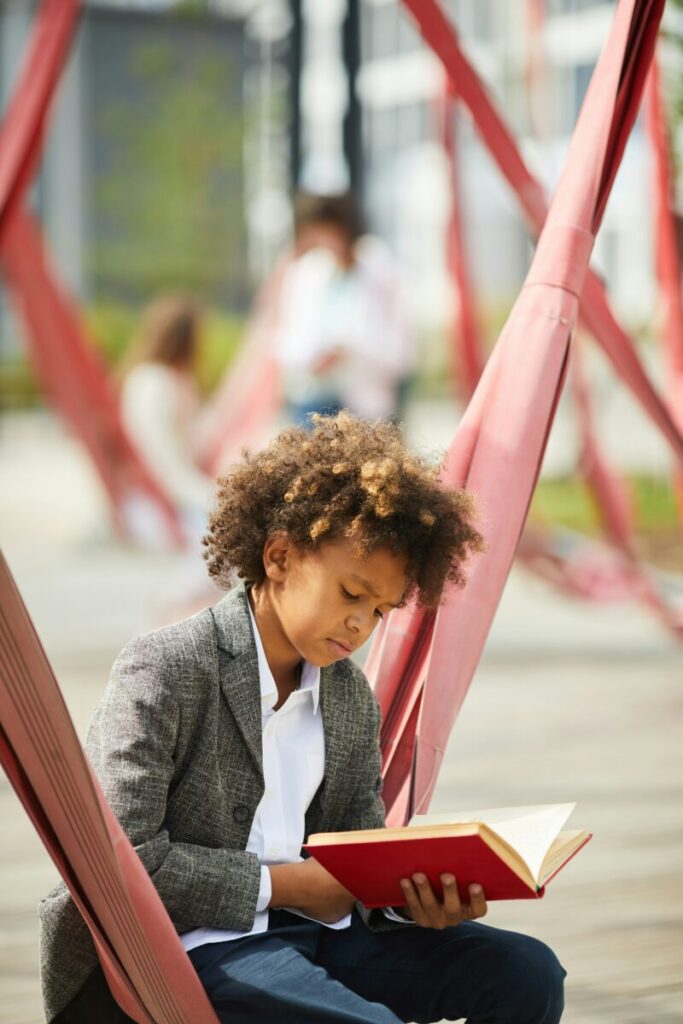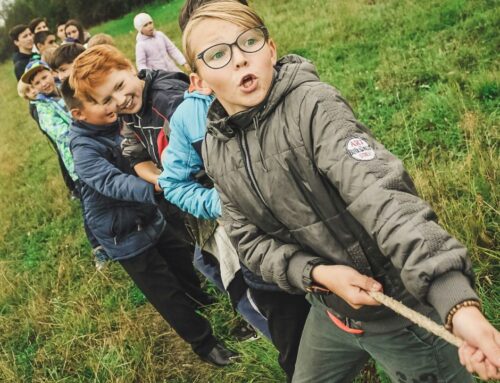With so many different learning styles, it’s no wonder that some children don’t connect very well with traditional schooling. Classrooms, structured schedules, a one-size-fits-all curriculum and assessments focused on memorization don’t always work for every learner. Some children thrive in this environment, while others may feel overwhelmed, uninspired or struggle to keep pace.
For those who need a more flexible, personalized learning experience, self-directed home learning offers a different approach—one that encourages curiosity, creativity and individualized learning plans.
Making room for creativity and passion
 Lia Meyer, who commenced from SelfDesign in 2015, started her learning journey in a traditional school before transitioning to SelfDesign. She felt dissatisfied with her education. In 2004, her mother joined SelfDesign’s leadership team while Lia began as a learner.
Lia Meyer, who commenced from SelfDesign in 2015, started her learning journey in a traditional school before transitioning to SelfDesign. She felt dissatisfied with her education. In 2004, her mother joined SelfDesign’s leadership team while Lia began as a learner.
“I had so many interests I wanted to explore,” Lia shares. “The learning expectations at public school just weren’t for me.”
“Wondertree and SelfDesign gave me the freedom and support to pursue my own interests and learn in a way that worked for me. I had a great learning consultant, and I wrote learning plans based on what I wanted to do each year. SelfDesign always made learning fun and engaging in every aspect.”
Lia’s experience highlights how a flexible, interest-based approach to learning can empower learners to stay engaged and motivated.
Why individual pacing matters
Every learner absorbs information at their own speed. Some need extra time and repetition to fully grasp a concept, while others are eager to move ahead quickly. Personalized learning allows for this natural variation.
Wyatt Miller-Unser, a graphic designer and videographer, commenced from SelfDesign in 2013. Before joining SelfDesign, he tried another alternative distance-learning program but found the pace too slow.
“I didn’t like having to do the curriculum at the same pace as everyone else,” Wyatt says. “I couldn’t make myself do stuff that slowly. I would read a whole book that was assigned and ask, ‘Great, what’s the next one?’ And they would say that I would keep having to do more grade 4 learning, even though I was ready to read at a grade 6 level.”
Wyatt found a groove with personalized learning at SelfDesign, and was able to learn at the quick pace that his active mind craved.
The power of one-on-one support and a personalized approach
 Some learners, especially those with diverse learning styles or abilities, may find structured education challenging. The pressure to get good grades and high test scores can interfere with the actual learning process. With one-on-one guidance and a flexible learning plan, learners can focus on understanding rather than simply keeping up.
Some learners, especially those with diverse learning styles or abilities, may find structured education challenging. The pressure to get good grades and high test scores can interfere with the actual learning process. With one-on-one guidance and a flexible learning plan, learners can focus on understanding rather than simply keeping up.
Tallisen Soong Smith was enrolled in public school before she was diagnosed with dyslexia. In grade 2, after constant struggles, she left her traditional school to join Wondertree (now SelfDesign). The switch was so empowering for her.
“Wondertree never made me feel like I was stupid for struggling,” says Tallisen. “That was one of the hardest parts of public school, feeling like there was something wrong with me because I couldn’t read yet and couldn’t do math. They just didn’t provide the support that I needed. If I was struggling at Wondertree, they just helped me, and there was never a question of why I couldn’t do this or that or the need to force myself to do something.”
Every child deserves an education that meets their needs, and for some, that means having access to different learning approaches and one-on-one guidance.
Exploring personalized home learning
Personalized, self-directed learning offers flexibility, creativity, and opportunities for learners to explore their passions at their own pace. This type of learning allows them to be supported in ways that are tailored to their unique needs. With different learning styles—visual, kinesthetic, auditory, and more—students can find the methods that work best for them.
Hands-on learning and active engagement also play a big role in making learning exciting. When learners are encouraged to follow their interests, they develop a deeper connection to learning, which can lead to fulfilling postsecondary and career paths.
For families exploring alternative learning options, personalized home learning offers an approach that nurtures curiosity, creativity and lifelong learning.
Learn more about home learning and parent/learner success stories here.







